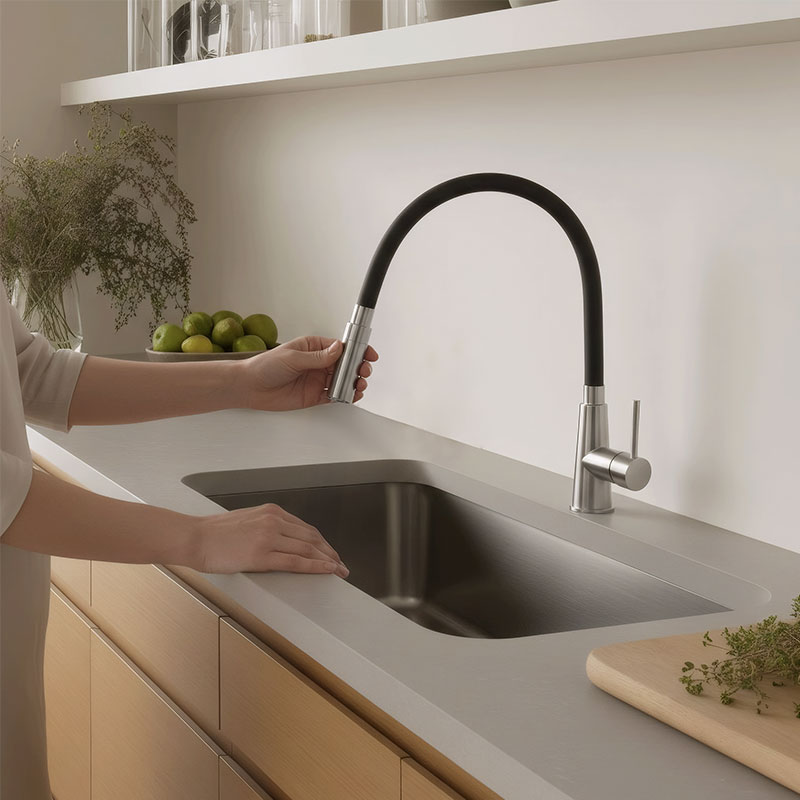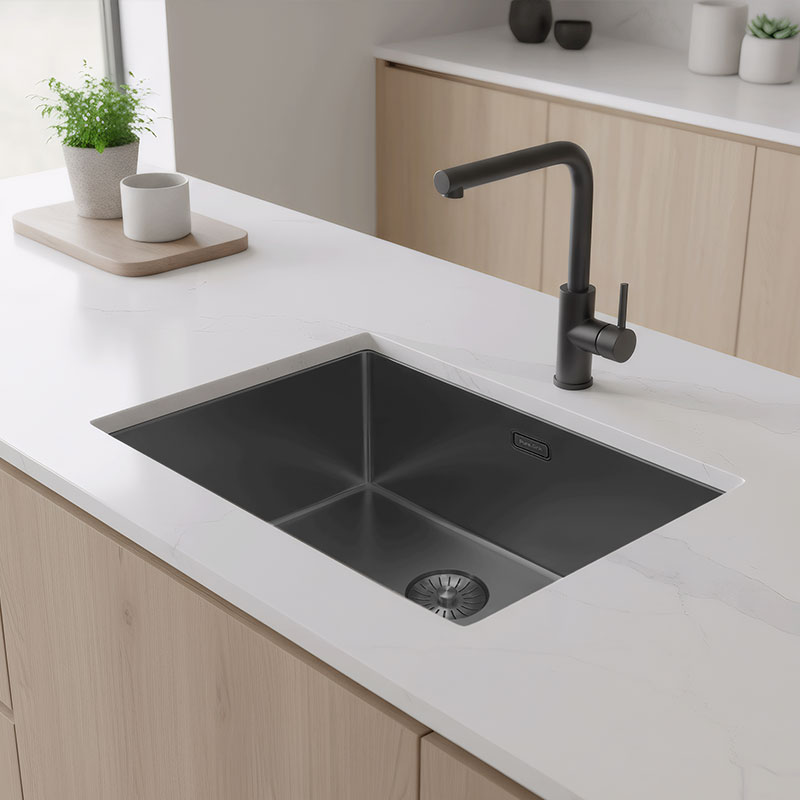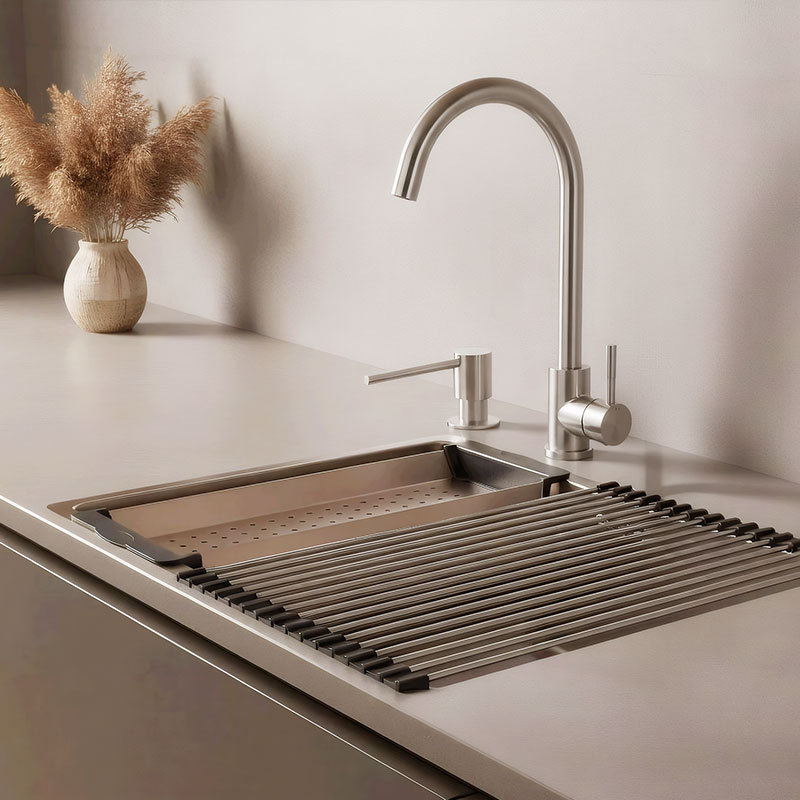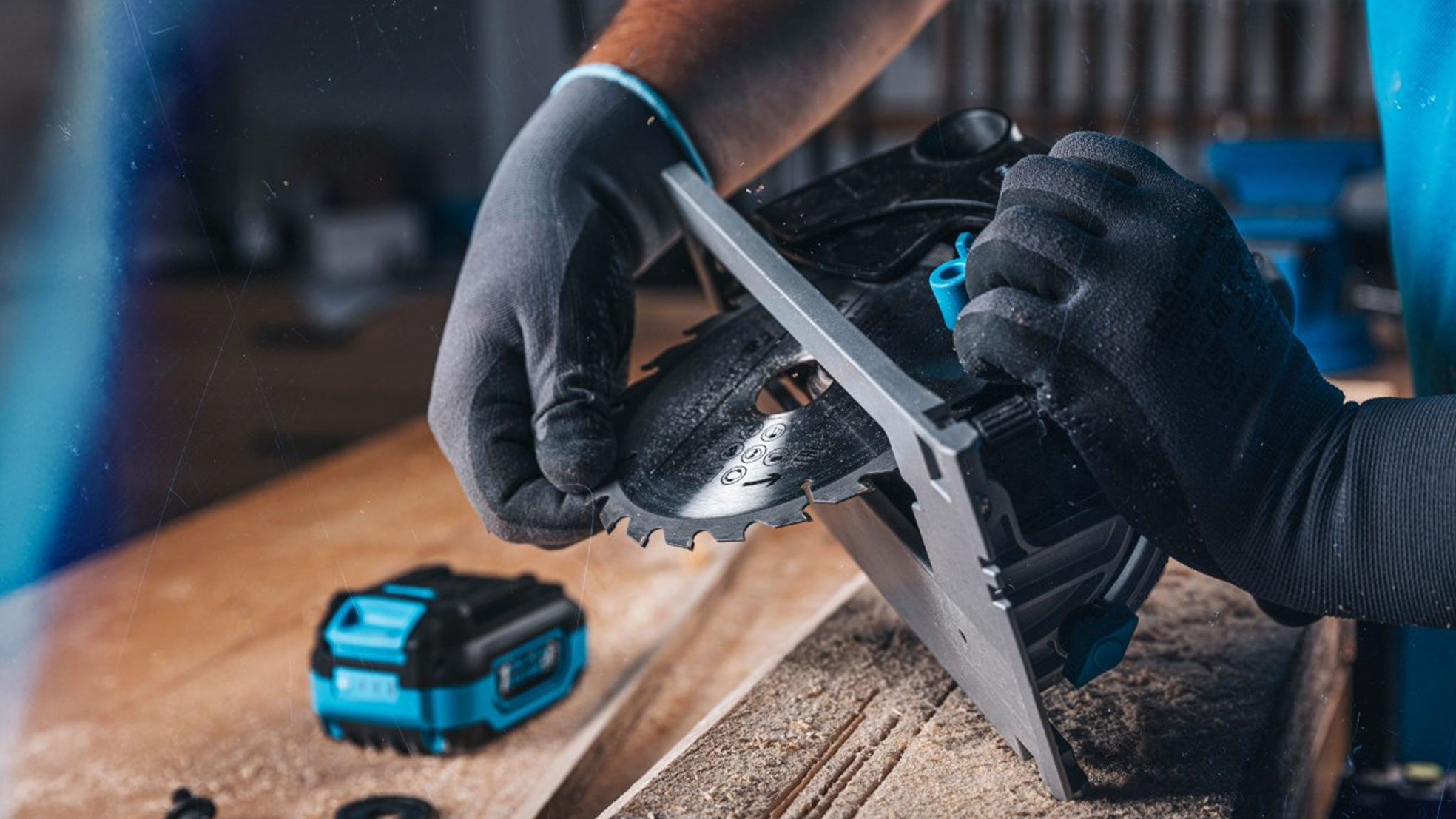Have you your own wishlist? Create an account or Login to save your favorite products















Are the blades on your circular saw dulling more quickly than you thought they would, leading to rough cuts and expensive replacements?
Smoke, resistance, and that sharp, burnt smell mid-cut are all telltale signs that any experienced do-it-yourselfer or professional contractor is aware of. In addition to being annoying, circular saw blade burnout can result in costly tool replacements and potentially hazardous errors. Preventing blade burnout is crucial for safety, accuracy, and economy, whether you're remodelling a small house in the Netherlands or installing custom cabinets for an opulent apartment in Milan. This guide explains the causes of blade burnout and how to prevent it so that your circular saw always operates like new.

Blade burnout occurs when friction and heat overwhelm the saw blade during cutting. This can happen due to dull blades, improper pressure, incorrect blade type for the material, or even poor alignment. When overlooked, this not only reduces the lifespan of the blade but can damage the motor and compromise user safety.
Tip 1: Match the Blade to the Material
Softwood? Use a high-tooth-count blade. Hardwood or dense composites? Invest in a heat-resistant, carbide-tipped model. Using the wrong blade increases drag and friction, accelerating burnout.
Pro Tip: Our range of premium circular saw blades are engineered for both DIY enthusiasts and professionals, optimized for EU wood standards and building materials.
Tip 2: Let the Tool Do the Work
Pushing too hard slows the blade and generates excessive heat. Let the saw cut at its natural pace. You'll notice cleaner edges and fewer burn marks on wood panels or MDF sheets, especially in precision work like custom cabinetry or flooring.
Tip 3: Keep Blades Sharp and Clean
Dull blades are the biggest enemy of efficiency. Clean your blades after each use with a resin remover. If you're based in a city where hardwood is often used in interiors, this habit pays off quickly.
Tip 4: Use a Guide or Fence for Precision Cuts
Wobbling creates friction points. A straight guide rail not only ensures accuracy but also helps maintain even blade engagement, minimizing burnout risk.
Tip 5: Maintain Airflow and Lubrication
Certain models support blade lubrication or have dust blowers to keep cutting zones clean. Use them. Proper airflow reduces heat buildup and keeps your motor cooler.
The goal of preventing blade burnout is to empower your craft with accuracy and confidence, not just to extend the life of your tools. By using these pointers, you increase the return on your investment and improve the quality of each cut.




















